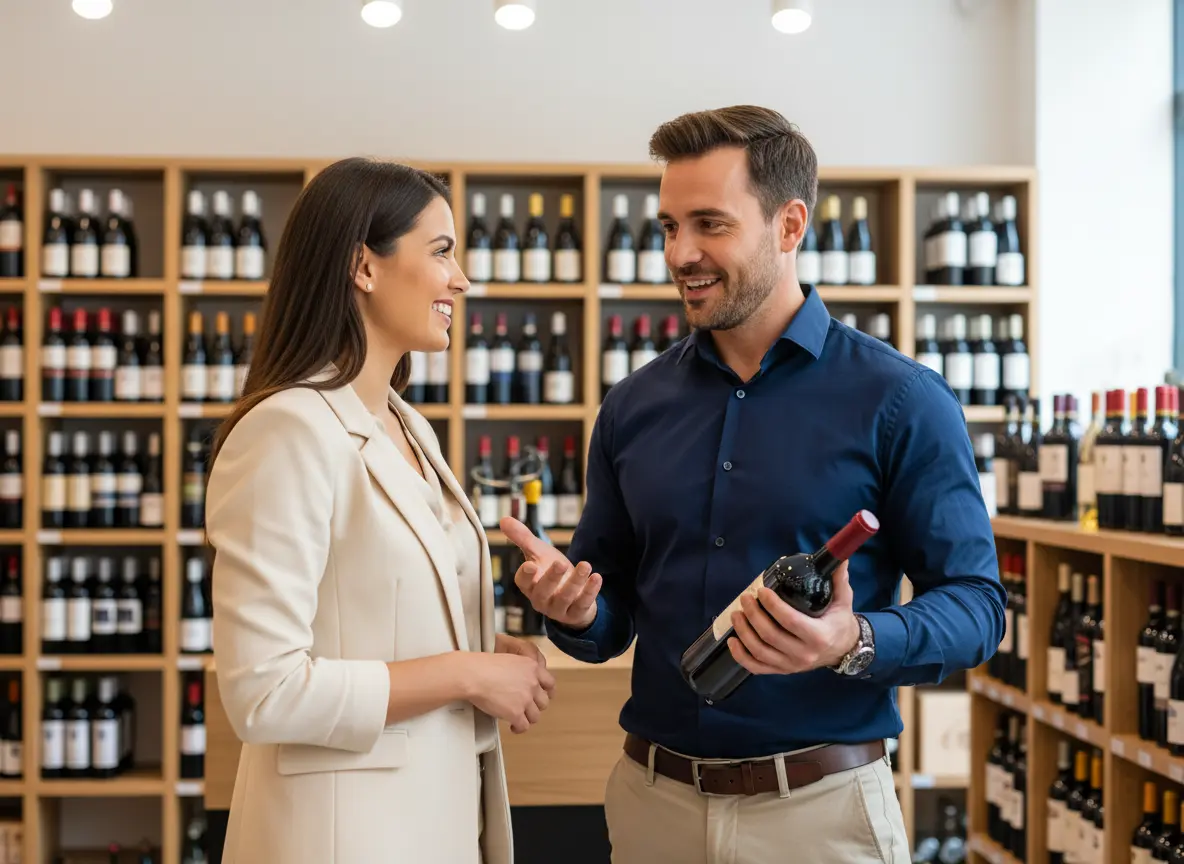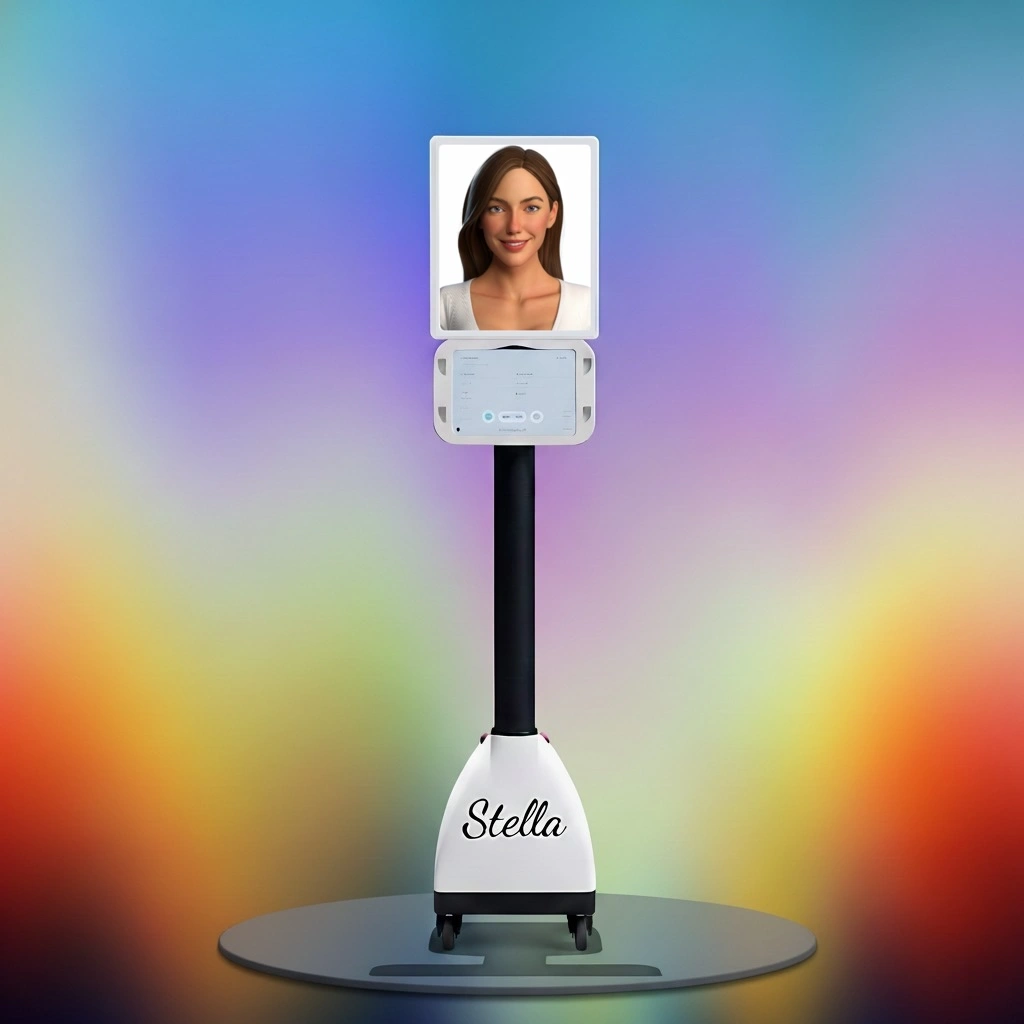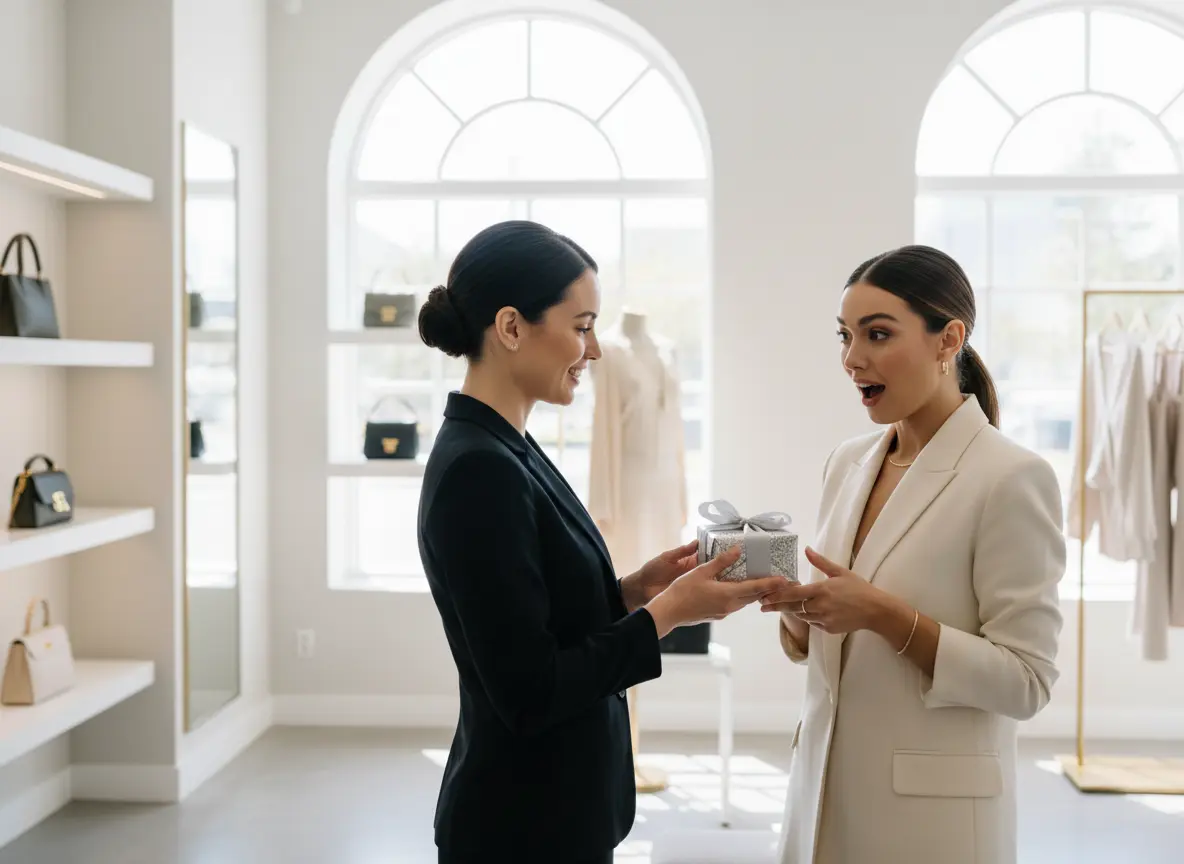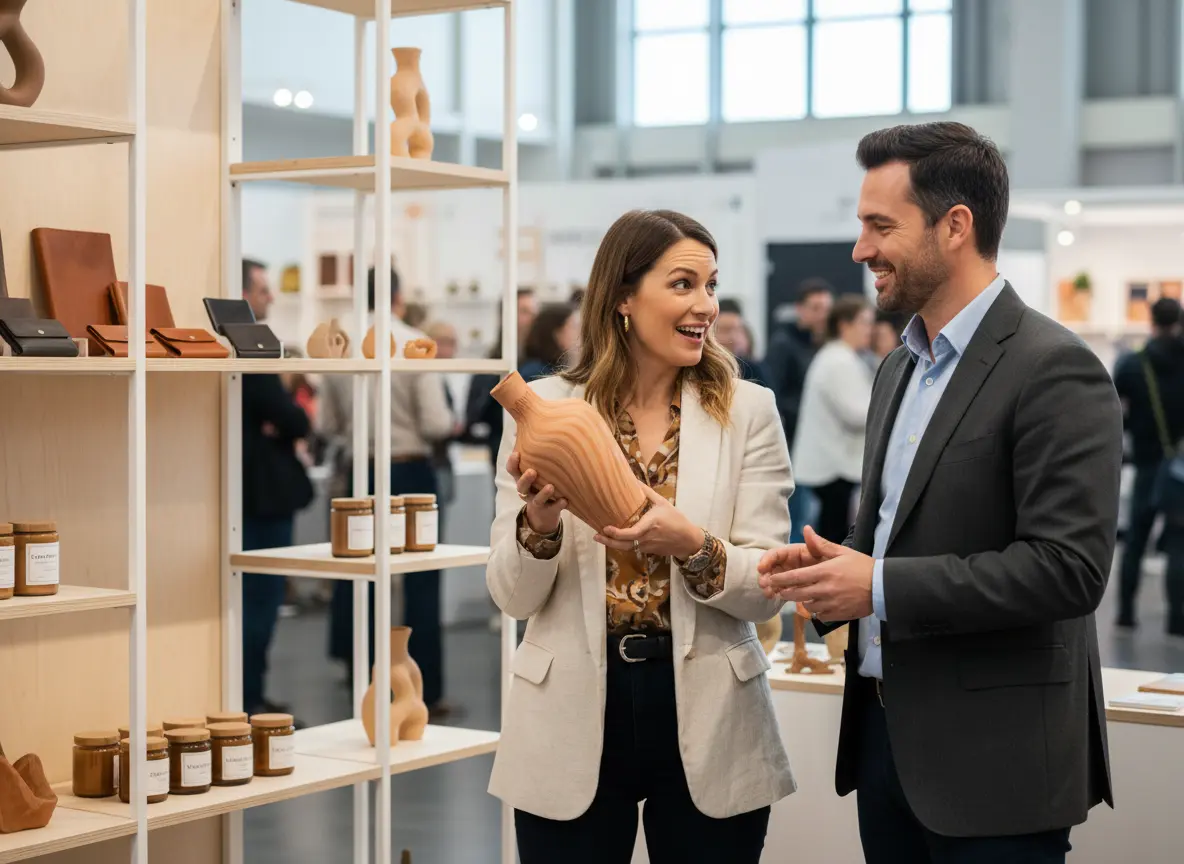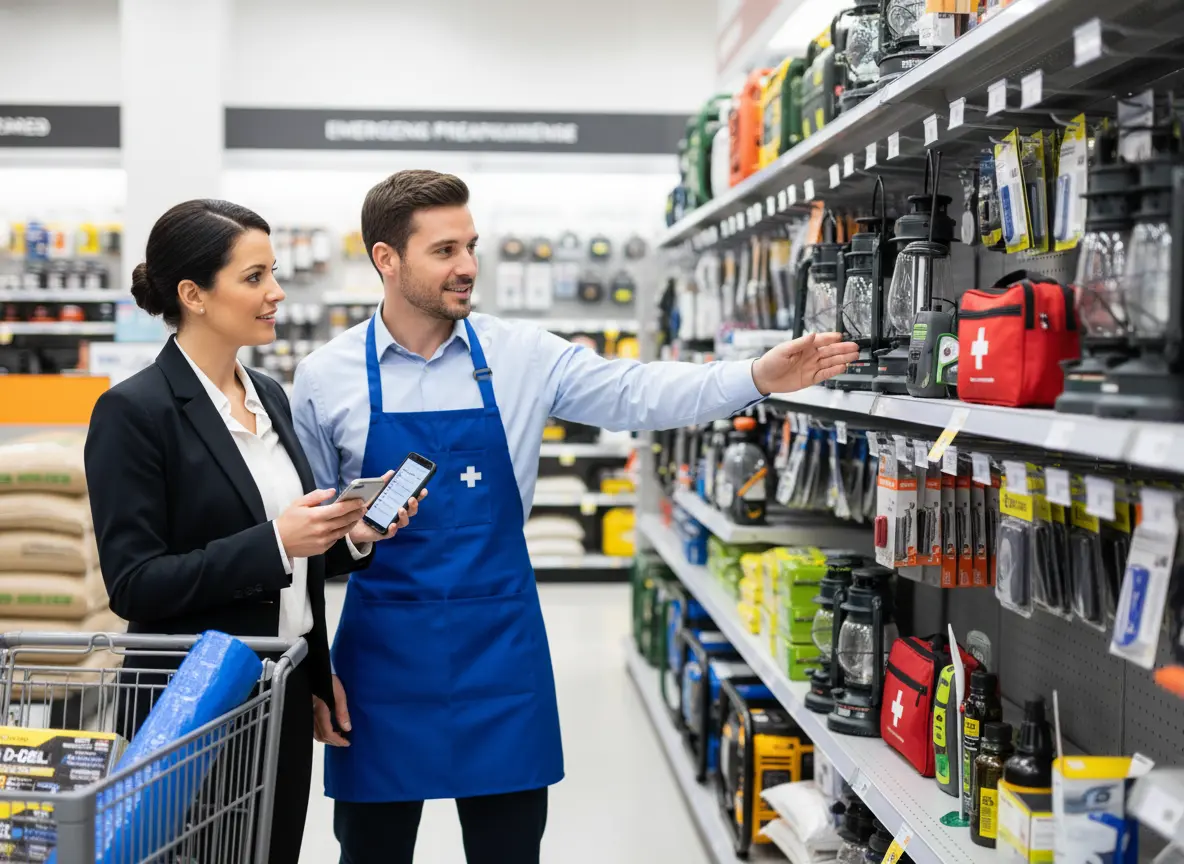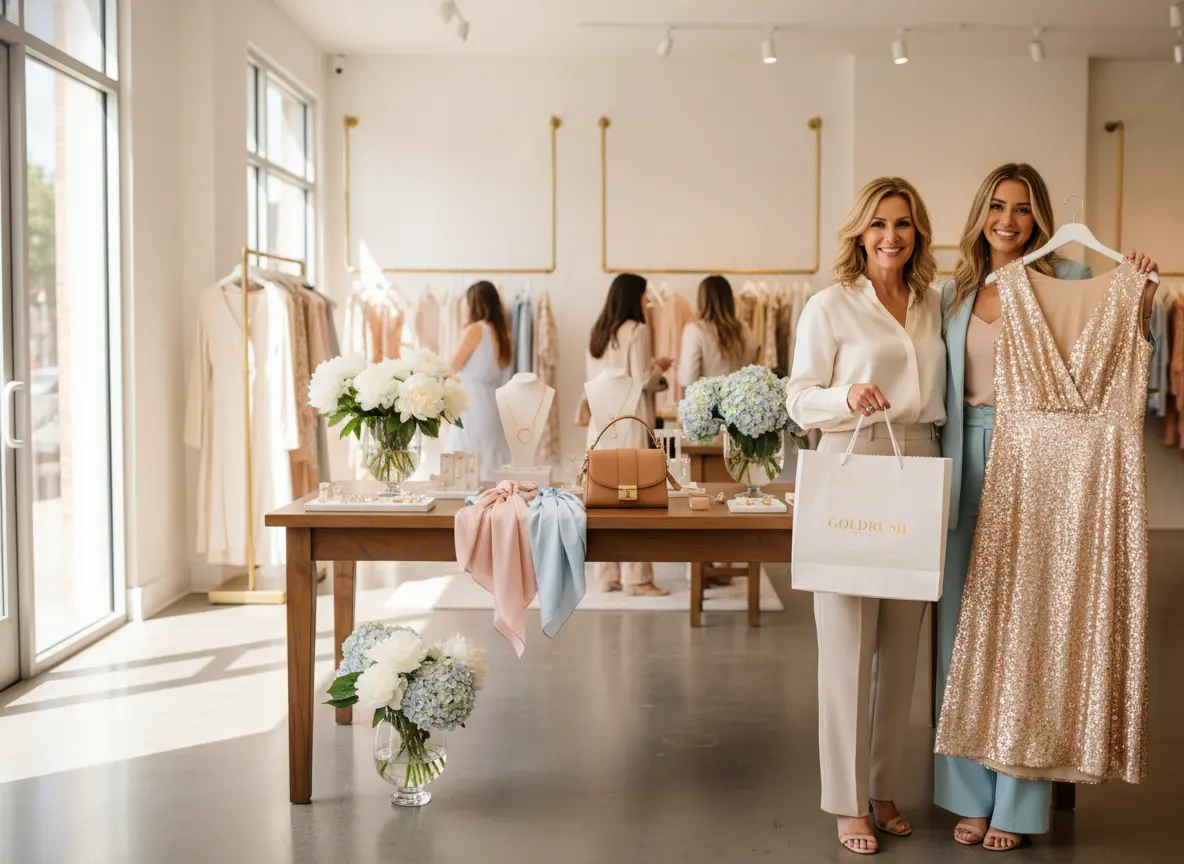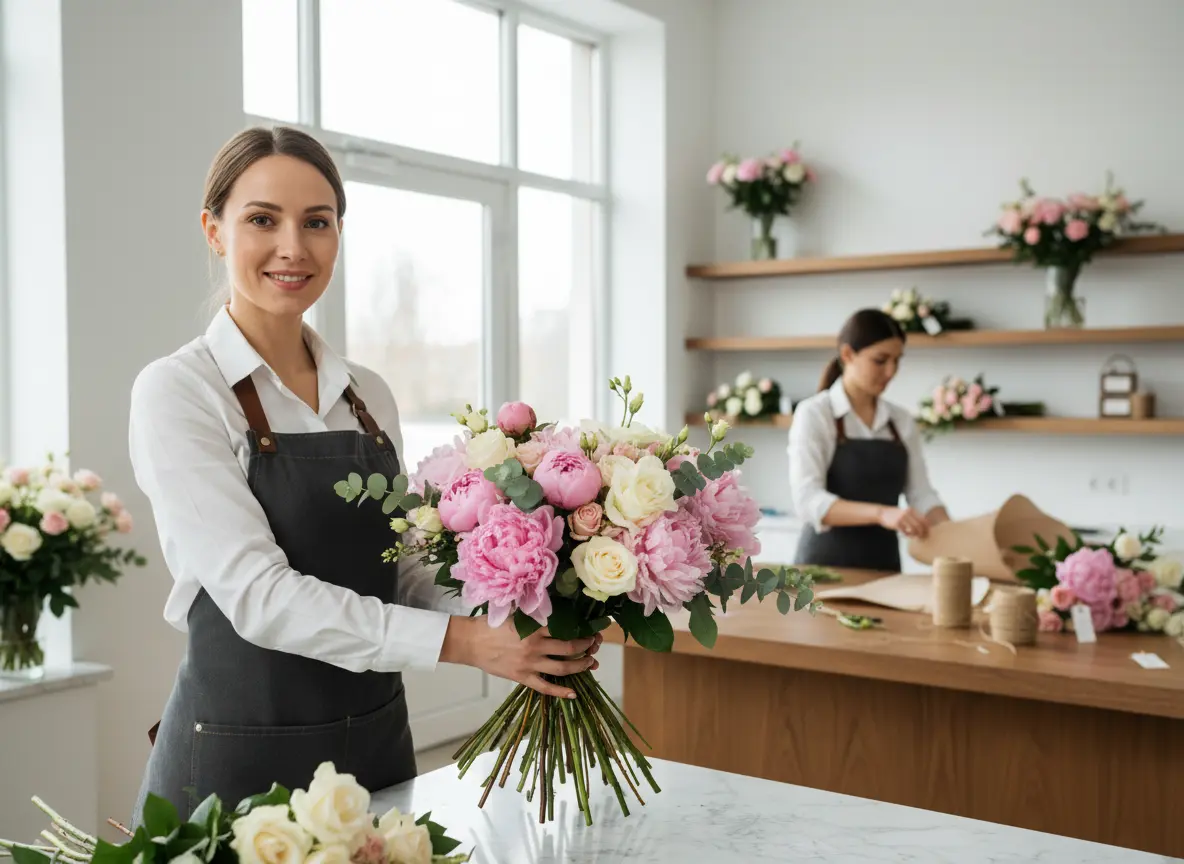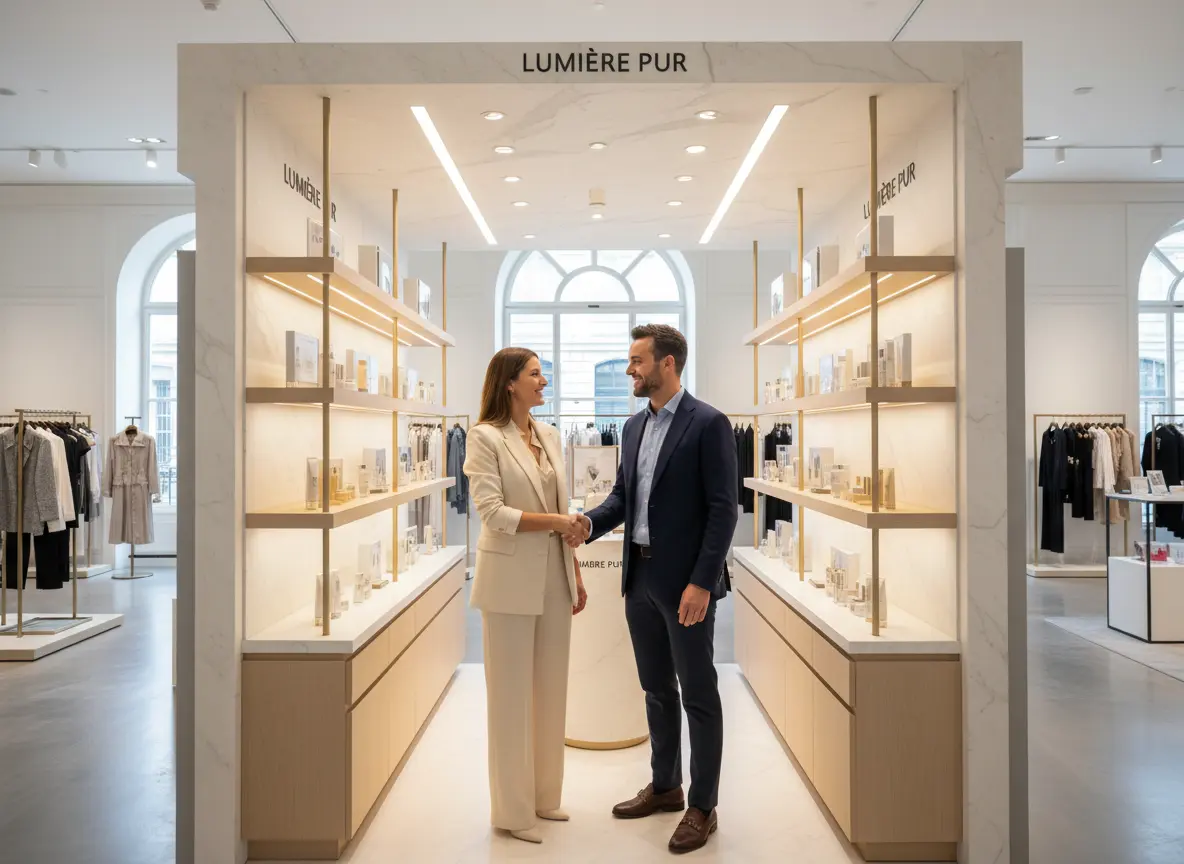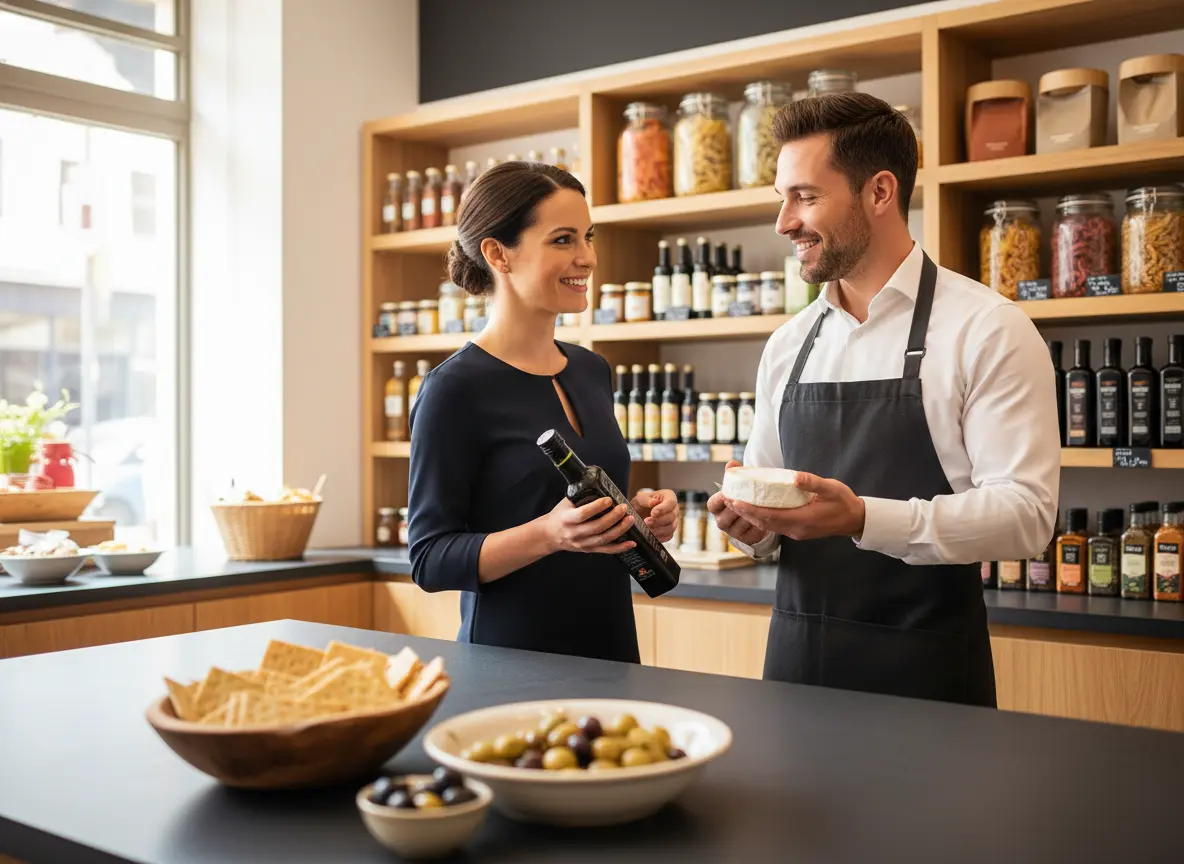Let's Be Honest: Your Wall of Wine is Terrifying
You’ve seen it. The wide-eyed stare. The slow, hesitant shuffle. The look of sheer panic that washes over a customer’s face as they approach your meticulously organized-yet-utterly-overwhelming wall of wine. To them, it’s not a collection of beautiful vintages; it’s a thousand-bottle final exam they forgot to study for. So what do they do? They grab the bottle with the prettiest label, the one that’s 20% off, or worse, the same boring Pinot Grigio they always buy.
You’re leaving money on the table. A lot of it. You’re missing the chance to move that incredible, higher-margin Malbec from a small family vineyard or that quirky orange wine you took a risk on. The problem isn’t your inventory. It’s your narrative. Or lack thereof. It's time to stop selling fermented grape juice and start selling stories. Because a good story can turn a $15 bottle into an experience and a confused shopper into a loyal customer.
The Art of the Grape: Crafting Stories That Actually Sell
Product storytelling isn't about fabricating fairy tales. It’s about unearthing the fascinating, human, and often surprising truths behind each bottle and presenting them in a way that connects with your customer. It’s the difference between a label and a legend.
Go Beyond "Notes of Blackberry and Despair"
Let's face it, only a handful of your customers can genuinely tell the difference between "hints of leather" and "a whisper of old bookshelf." While tasting notes have their place, they don't sell wine to the average person. Stories do. Ditch the jargon and focus on the two things everyone understands: people and place.
- The People: Was the winemaker a renegade who dropped out of law school to save their family’s vineyard? Is it a husband-and-wife team who hand-pick every grape? Tell that story. Customers love rooting for the underdog and connecting with the passion behind the product.
- The Place: Are the vines grown on the side of a volcano in Sicily? In a region so dry the grapes have to struggle for survival, resulting in an intense, concentrated flavor? Paint a picture. Transport your customer to that sun-drenched hillside or windswept coast.
Instead of: “A full-bodied Merlot with notes of plum and a tannic finish.”
Try: “This Merlot comes from a tiny, rugged vineyard in the Andes mountains, where the winemaker has to climb 5,000 feet just to check on his grapes. That struggle creates a bold, unforgettable flavor you won't find anywhere else.” See the difference?
From Vineyard to Dinner Table: Connect the Dots
Your customers aren't just buying a beverage; they're buying an occasion. Your job is to help them visualize it. The story shouldn't end at the vineyard—it should extend all the way to their kitchen table, backyard barbecue, or cozy night on the couch.
Frame your stories around experiences. This isn't just about food pairings; it's about mood pairings.
- "This is your 'I finally finished that nightmare project at work' celebration bubbly."
- "The perfect, juicy red to go with takeout pizza on a rainy Tuesday."
- "Impress your in-laws with this elegant Sauvignon Blanc that tastes twice as expensive as it is."
By connecting the wine to a specific, relatable moment, you remove the guesswork and give the customer permission to enjoy it. You're not just a retailer; you're a curator of good times.
Your Un-Tiring, Un-Snooty Storyteller
“That all sounds great,” you’re probably thinking, “but I’m busy running a business. I don’t have time to be a full-time bard for every bottle in my store.” We hear you. You and your (likely overworked) staff can't be everywhere at once, telling the perfect story to every single customer. That’s where you bring in a little help.
Automating the Narrative
Imagine a team member who stands proudly by the entrance, greeting every customer and telling them the story behind your "Wine of the Week" without ever getting tired, distracted, or needing a coffee break. That’s the power of an in-store assistant like Stella. You can program her with the compelling narrative for a featured wine—the renegade winemaker, the volcanic soil, the perfect pizza pairing—and she’ll share it with enthusiasm to every shopper who walks through the door.
While Stella is engaging customers and highlighting your high-margin feature bottle, you and your staff are free to manage inventory, run the register, and provide in-depth service to customers who need it most. It's like having your best salesperson clone themselves and work the front door 24/7.
Gathering Intel for Your Next Bestseller
How do you know which stories are hitting the mark? An automated assistant does more than just talk; it listens. By tracking customer interactions, you can see which promotions and stories generate the most questions and interest. Did more people engage when you highlighted the female-led winery, or did the story about the 100-year-old vines get more traction? These insights are gold, helping you refine your buying strategy and craft narratives that you know will resonate with your clientele.
Putting Stories into Practice: Low-Effort, High-Impact Tactics
Ready to get started? You don't need a massive marketing budget or a degree in creative writing. Here are a few practical ways to weave storytelling into your store's DNA immediately.
The Mighty Shelf Talker: Your Silent Salesperson
Shelf talkers are prime real estate. Stop wasting them on just a price or a critic's score. Turn them into miniature storyboards. A recent Nielsen study showed that 64% of consumers try a new product because the packaging caught their eye—your shelf talker is an extension of that packaging.
Keep it short, punchy, and personal. Use a bold headline to grab attention.
- Headline: "Tastes Like a Tuscan Vacation"
Body: From a family-run vineyard where nonna still helps with the harvest. Perfect with pasta. - Headline: "Your New Favorite BBQ Red"
Body: Winemaker Mark is a master griller, and he crafted this smoky, bold red specifically for ribs and burgers. - Headline: "Defiantly Delicious"
Body: Everyone told them you couldn't grow this grape here. They did it anyway. Taste the rebellion.
Curate "Story-Driven" Displays
Break free from the tyranny of organizing by country or varietal. Create dynamic, themed displays that tell a larger story and encourage discovery. This turns shopping from a task into an adventure.
Think about building an end-cap or a central table around a theme like:
- "Wines Made By Women": Highlight the incredible female winemakers in your collection.
- "Organic & Unfiltered: Wines as Nature Intended": Group together your natural and biodynamic selections and tell the story of sustainable farming.
- "The Globetrotter's Case": Feature six wines from six different, lesser-known regions and sell it as a pre-packaged "world tour."
These displays create a powerful visual hook and give you a platform to share multiple related stories at once.
Tell Your Tales on Social Media
Your digital shelf is just as important as your physical one. Use your social media channels to tell the longer-form stories you can't fit on a shelf talker. Post a crisp, appealing photo of a bottle and use the caption to dive deep into the story of the people and the place behind it. Share a video of you or a staff member tasting the wine and describing not just the flavor, but the feeling it evokes. This content builds a community around your brand and gives customers a reason to come into the store to "meet" the bottle in person.
A Quick Reminder About Stella
While you're becoming the master storyteller of your store, remember that you don't have to be the only narrator. An AI retail assistant like Stella can ensure that every single customer hears your most important stories, promotions, and deals—reliably and professionally. She’s the perfect opening act, setting the stage for the rich library of liquid adventures you’ve curated.
Stop Stocking Shelves, Start Building a Library
Your customers are thirsty for more than just wine; they're thirsty for connection and discovery. By shifting your focus from product specs to product stories, you transform your role from a simple shop owner to a trusted guide. You turn a wall of intimidating choices into a library of liquid adventures, with each bottle waiting to be checked out.
So here's your homework: Pick one—just one—slow-moving bottle in your store this week. Dig up its story. Is the label weird? Find out why. Is the region obscure? Discover what makes it special. Then, write a compelling shelf talker, build a small display, and tell three customers the story. See what happens.
You might just be surprised at how powerful a little bit of "once upon a time" can be. Cheers to selling more wine.
